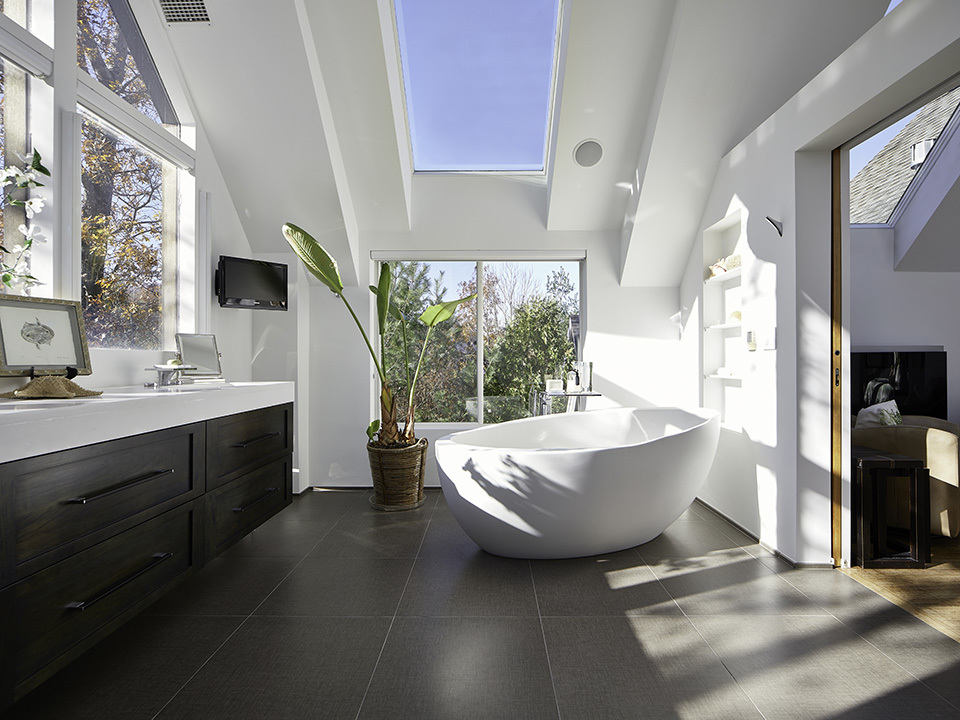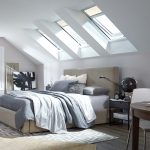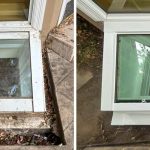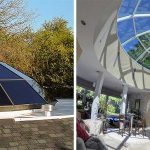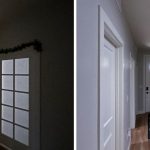Imagine yourself as a plant.
Pick your favorite spot outside. It could be your back-yard, a special fishing spot, or out on Grandma & Grandpa’s farm back home. Wherever you feel happiest outdoors, plant yourself there.
Imagine the sun shining down on your bright green leaves, the fresh breeze slowly swaying you left to right…
How do you feel?
Now imagine someone decides to remove you from your spot, pot you and set you inside their home. The windows are shut, the blinds are drawn and the air is stale, damp and humid.
How do you feel now?
According to the US Environmental Protection Agency, we spend an average of 90% of our time indoors. In the same dark, stale, damp and humid rooms we kill our plants in. Whether it’s at work, school or home, we’re living our lives mostly disconnected from the outside world. Unfortunately, studies are finding that this is much more harmful to our health and well-being than we realize.
All Dark and No Light Makes Home a Dull Place
One of the more eye-opening statistics the EPA has provided is that the inside of your home can be up to five times more polluted than the outdoors. That seems hard to believe, especially for those of us that put in the extra work to keep our homes tidy. But indoor air is polluted by an endless list of sources. Anything from an excess of CO2 to food particles from cooking, pet hairs and moisture from baths, showers and washing machines. The average American family produces approximately ten liters of liquid every day from laundry, bathroom and kitchen use.
More than 80 million Americans live in moldy and damp living spaces across the country. Those same living conditions significantly raise the risk of developing asthma (by up to 40%!) in addition to other respiratory illnesses and allergies.
Despite the harmful air we create inside our home, nearly 6 out of every 10 people do not air-out their homes.
What Makes Us “SAD”?
Another downside to our lack of daylight and fresh-air is Seasonal Affective Disorder, or “SAD”, which is defined as a type of depression related to changes in seasons. Some expert estimates say that 15% of the world’s population (over 1 billion people!) suffer different levels of SAD. According to the Mayo Clinic, most cases of seasonal affective disorder symptoms start to appear late fall & early winter and don’t typically go away until the sunnier days of spring and summer.
We all want a healthy home to keep our families safe, comfortable and happy. We work hard to provide that space for ourselves and loved ones. Unfortunately, throughout all that hard work, we spend a great deal of our time indoors and we disconnect ourselves from the natural world. Just like food and water, daylight and fresh-air are essential parts of healthy and happy living, but they aren’t treated as such. And artificial light just isn’t the same.
What Can You Do?
Skylights and other daylight systems are designed to fight these exact problems. They’re an easy and cost effective way to improve your health & happiness and completely bring your living space to life. Various products and designs are custom tailored to fit a wide range of home styles, making skylights possible for everyone with a roof.
Many manufacturer’s, including VELUX, provide the option of opening and closing their skylights to create an incredibly effective source of fresh-air flow. Paired with the other windows in your home, you’ll have the ability to flush out that stale and damp air with the click of a button.
Re-connect yourself to the outside world, break open your fifth-wall, reap the benefits your body deserves.
